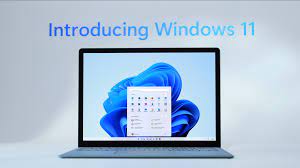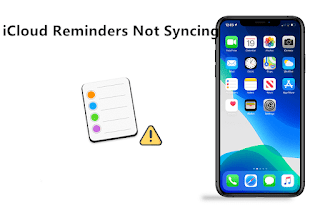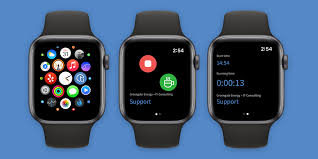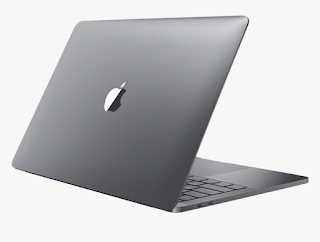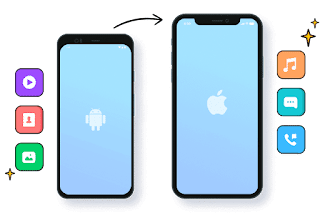Windows 11 is almost a year old. Microsoft announced its new operating system at a dedicated event in June 2021, with the final release starting more than three months later. It makes some dramatic changes to the Windows experience that has become so familiar, including a new design language and native support for Android apps.
The gradual rollout of Windows 11 is almost complete, only older hardware has yet to receive the update. However, all eligible devices can now install it using this official method.
But what if your device isn’t compatible? Microsoft updated the hardware requirements for Windows 11, which means many older PCs aren’t eligible. But you can still install Windows 11. The lack of a CPU with TPM 2.0 is often the biggest sticking point, but there’s a workaround. A very similar method can also be used if you don’t have Secure Boot or have at least 4GB of RAM available.
Note that this is not officially supported by Microsoft, so do it at your own risk! ! !
In fact, as recently reported by Windows, Microsoft will repeatedly warn you that your device is not compatible with the new operating system. Both reminders in settings and watermarks on the Windows 11 desktop may appear, but that won’t prevent most apps from working properly.
You may have seen the news that Microsoft accidentally delivered Windows 11’s 22H2 update to unsupported devices. This means you don’t have to download the operating system from the Microsoft website first, but the rest of the process below remains the same. Let’s take a look at the specific steps below!

How to install Windows 11 on an unsupported PC
This method involves setting up a lab-like environment where you need to make changes to the registry. If you’re not happy with that, it’s worth buying a Windows 11-compatible device or sticking with Windows 10 until end of support in October 2025.
Microsoft will allow device manufacturers to disable the TPM requirement on their Windows 11 builds – you’ll do the same here:
1. Head over to the official Windows 11 download page to grab the new OS now – there are three options to choose from
2. Follow the step-by-step guide
3. If it does not meet the hardware requirements, you will see a message “This PC cannot run Windows 11”
4. On this screen, press Shift + F10 to open the Command Prompt window
Type “regedit” and hit enter
6. The Windows Registry Editor will now open. In the address bar, type “HKEY_LOCAL_MACHINESYSTEMSetup” and hit enter
7. You should now see a “Settings” key. Right click on it and select New > Key
8. You will now be prompted to give it a name. Select “LabConfig” and press enter
9. Right-click the new key you created and select New > DWORD (32-bit) Value
10. Name it “BypassTPMCheck” and set its data to 1
11. Do the same process for ‘BypassRAMCheck’ and ‘BypassSecureBootCheck’, same value of 1
12. Use the red X in the upper right corner to close this window
13. Type “exit” and press enter to close the command prompt window
14. You will now be returned to the “This PC cannot run Windows 11” message. Click the back button in the upper left corner
15. You should now be able to complete the installation normally
It’s worth noting that following these steps may affect performance or the stability of Windows 11. Proceed with caution and try it on a device other than your main PC if possible.
Is it safe to install Windows 11 on an unsupported device?
Not quite. Windows 11’s hardware requirements are mostly about security, even if many people think they’re too restrictive. Using an operating system that wasn’t designed to work without a TPM chip or secure boot is risky, but if your device meets most requirements, you might get away with it.
The older the hardware, the greater the risk. In any case, we recommend installing on a laptop or PC that is not your primary device. If this is unavoidable, make a full backup of your device first to make sure you don’t lose anything.
>>>>>>>>>>>>Computer battery
Thanks for reading, hope it helps!
Friendly reminder: If you need to replace the battery of your device, this battery store will be a good choice: www.batteryforpc.co.uk




